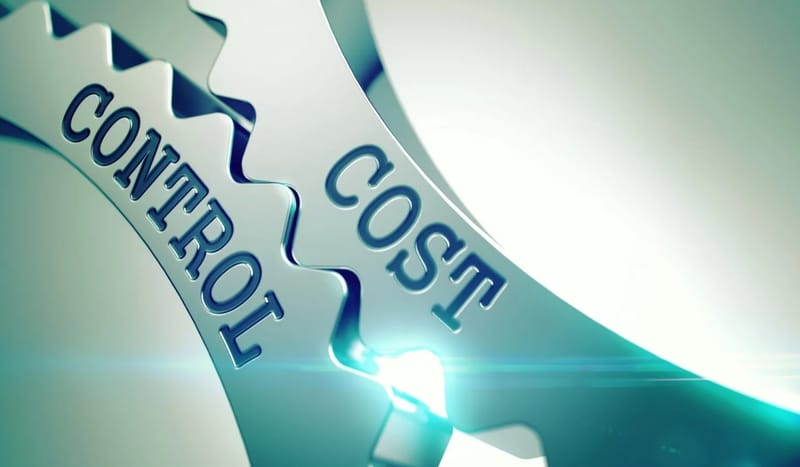Unveiling the Basics: What Are Operating Costs and How Are They Calculated?

What Are Operating Costs?
On a daily level, operating costs are linked to the upkeep and administration of a business. Direct costs of goods sold (COGS) and other operating expenses, also known as selling, general, and administrative (SG&A) costs, include rent, wages, and other overhead costs, as well as raw materials and maintenance costs. Non-operating expenses connected to financing, such as interest, investments, or foreign currency translation, are not included in operating costs.
Operational income is calculated by subtracting operating costs from revenue and is displayed on a company’s income statement.
Understanding Operating Costs
Businesses must keep track of both running and non-operating costs, such as interest payments on a loan. Both costs are recorded differently in a firm’s books, allowing analysts to see how expenses are linked to revenue-generating activities and whether the company can be operated more efficiently.
In general, a firm’s management will strive to increase earnings for the company. Because profits are decided by both the amount of revenue earned and the amount spent to run, profit may be enhanced by both growing revenue and cutting operating costs. Managers will frequently adopt this technique since decreasing expenses appears to be a simpler and more accessible way of improving earnings.
Too much cutting of operating costs can lower a company’s productivity and, as a result, its profit. While lowering any given operating cost usually boosts short-term profitability, it can also impair the company’s long-term earnings.
If a corporation, for example, reduces its advertising costs, its short-term profits are expected to improve because it is spending less money on operating costs. However, by limiting advertising, the corporation may be reducing its ability to generate new customers, resulting in lower future earnings.
How to Calculate Operating Costs
The formula and steps below can be used to calculate a business’s operational costs. The relevant information can be found on the income statement of the company, which is used to report the financial performance for the accounting period.
Operating cost=Cost of goods sold + Operating expenses
- From a company’s income statement, take the total cost of goods sold, or COGS, which can also be called cost of sales.
- Find total operating expenses, which should be further down the income statement.
- Add total operating expenses and COGS to arrive at the total operating costs for the period.

Types of Operating Costs
While operating costs rarely include capital expenditures, they might include a variety of charges, such as:
- Accounting and legal fees
- Bank charges
- Sales and marketing costs
- Travel expenses
- Entertainment costs
- Non-capitalized research and development expenses
- Office supply costs
- Rent
- Repair and maintenance costs
- Utility expenses
- Salary and wage expenses
The cost of goods sold, which are expenses directly related to the production of goods and services, will be included in operating costs. The following are some of the costs:
- Direct material costs
- Direct labour
- Rent of the plant or production facility
- Benefits and wages for the production workers
- Repair costs of equipment
- Utility costs and taxes of the production facilities
The running costs of a business are divided into two categories: fixed costs and variable costs, which fluctuate significantly.
Limitations of Operating Costs
Operating costs must be compared over numerous reporting periods, just like any other financial statistic, to gain a sense of any trend. Companies might sometimes reduce expenditures for a quarter, momentarily inflating their earnings. Investors must track costs to see if they’re rising or falling over time, as well as compare the outcomes to sales and profit performance.
How Do Operating Costs Affect Profit?
High or rising operating costs can eat into a company’s net profit. Management of a corporation will seek to stable or reduce operational costs while balancing the need to produce goods that meet market needs. In order to retain profitability, managers may need to raise the price of their products if operational costs become too high. They then run the danger of losing clients to competitors who can produce equivalent goods at a lower cost.
If you’d like to learn more about how you can expand your real estate portfolio without putting down a large cash deposit (or all the hassles that come with it!)Here is a link to our eBook.
Related Topics to Operating Costs: